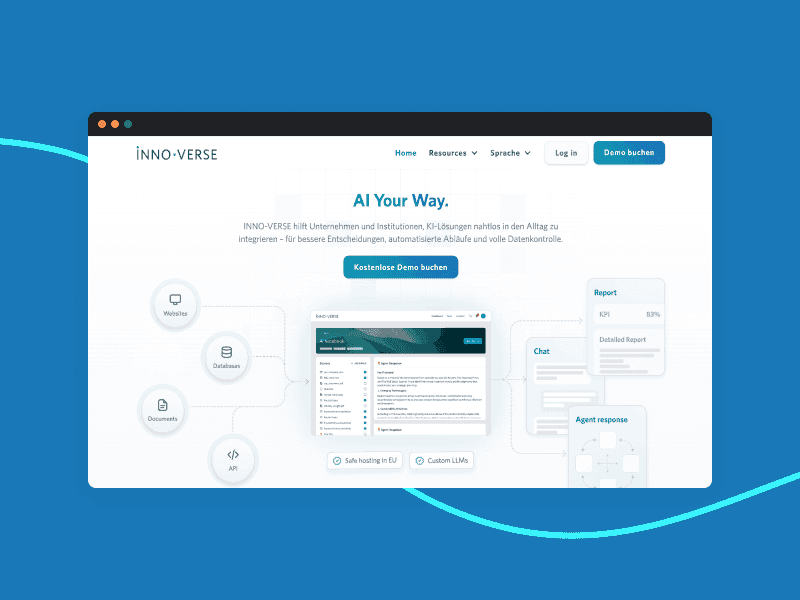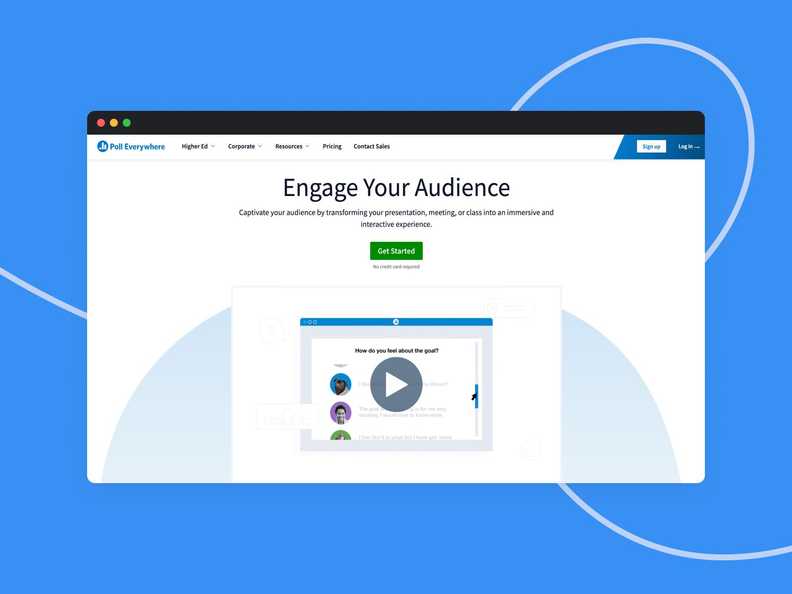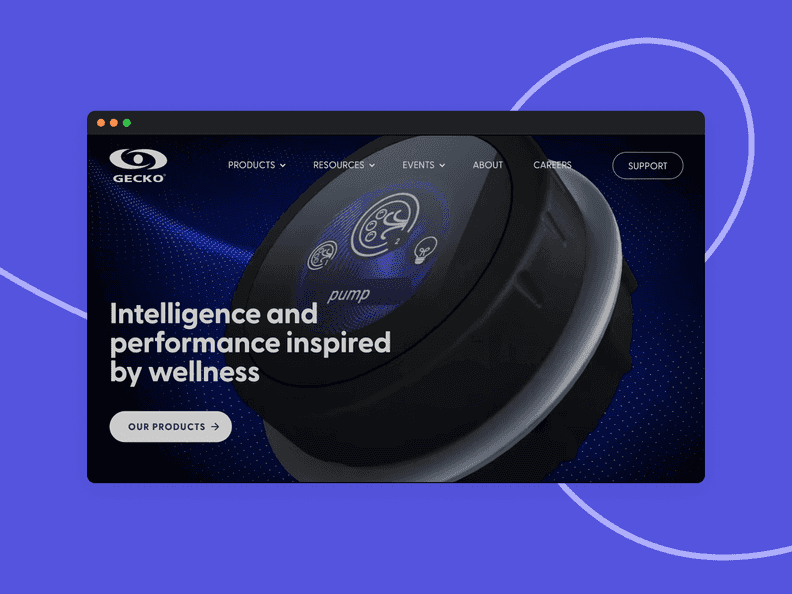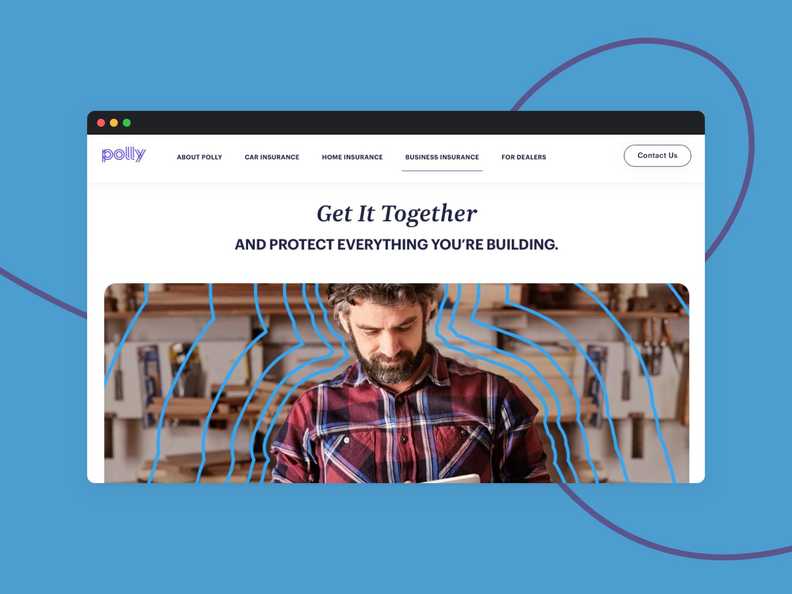How Inno-verse went from Manual Testing to Minutes-Quick Feedback with Userbrain

Too Much Time, Not Enough Feedback
At Inno-verse, Nic Müller, Head of Product Development, and his team are building a platform that lets users automate complex workflows using AI. But when it came to improving the user experience, their testing process was anything but automated.
“It was a matter of days if you really carve out everything else. You’re still spending one or two days on user testing for one specific feature.”

They relied on one-on-one interviews—valuable, but exhausting. For a fast-moving, resource-conscious startup, this manual approach made regular testing unsustainable.
A Faster Way to Test, Discovered by Doing
Nic first heard about Userbrain from another startup. It sounded promising—automated testing, quicker feedback, less effort. But it wasn’t until he tried it himself that things clicked.
“It was my test account at Userbrain which convinced me because it was not days—it was basically minutes or hours after I got my first results. That was pretty impressive.”

What used to be a multi-day process now delivered actionable results before the next stand-up meeting.
Fixing UX Issues They Didn’t Know Existed
With Userbrain, testing became a regular, fast-moving part of the product development cycle. Inno-verse started catching usability issues earlier—and more often.
One moment stood out. Users couldn’t find the results of an AI research tool, and the team had no idea.
“We had an issue where users couldn’t find the results of an AI research tool. After Userbrain testing, we realized users were landing on an overview page instead of the results page. The fix was simple—we removed the substructure, and users now land directly on the results page. It was as easy as it could be.”

A simple fix later, and the issue was gone—along with the guesswork.
From Waiting Weeks to Acting in Hours
Before Userbrain, gathering feedback meant slowing down. A single round of testing could stretch across several days—sometimes even weeks. For a startup like Inno-verse, that pace just didn’t cut it.
With Userbrain, things changed. Suddenly, testing felt less like a blocker and more like a built-in part of the product process. Insights arrived quickly, changes happened faster, and the team could keep momentum without sacrificing quality.
Here’s how Inno-verse leverages Userbrain:
- Rapid Feedback Loops: Tests that once took days now run in hours.
- Smarter UX Decisions: The team now catches and fixes smaller details they used to miss.
- Better Onboarding for New Users: Tests helped the team refine the experience for first-time users.
“The promise of Userbrain getting these insights in a matter of days instead of weeks was good already.”

Designing with New Eyes: What Changed When Testing Got Easier
Before Userbrain, small usability issues sometimes flew under the radar. But with faster, more frequent tests, the Inno-verse team started noticing the things that actually trip up new users—those tiny details that shape first impressions.
With clearer insights, onboarding got smoother. Friction points started disappearing.
“We started optimizing some details for new users, for first-time users,” Nic noted. “That’s in the nature of how Userbrain works.”

By seeing the product through the eyes of fresh users, Inno-verse didn’t just fix what was broken—they made things feel intuitive from the very first click.
A Must-Have for Any Fast-Moving Team
For Inno-verse, Userbrain didn’t just save time—it became an essential part of how they build better products, faster. Nic now recommends it to any team ready to move quickly and design with confidence:
“Go and try Userbrain. It’s a good service with a few restrictions—your product has to fit in a minimal way, and it’s different from one-on-one interviews. But it brings you a lot.”

And he closes with the kind of feedback every product team loves to hear:
“Userbrain might not replace one-on-one interviews completely, but it brings you a lot—and it makes your life so much easier.”



